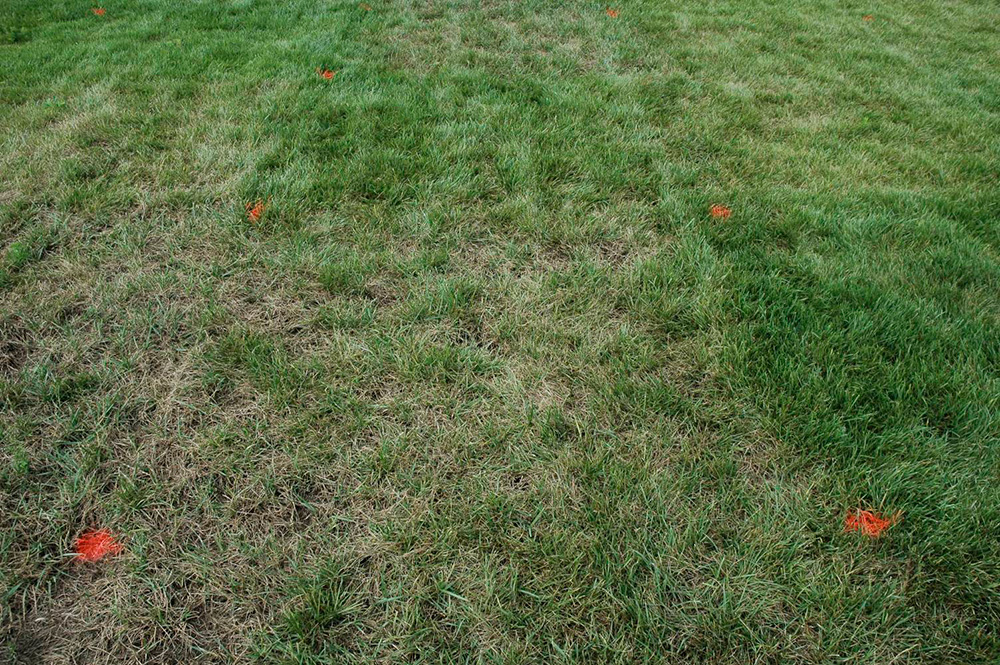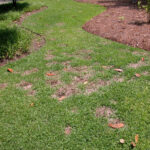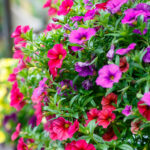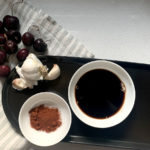
Fungus
Affected Varieties – Perennial Ryegrass, St Augustine, Tall Fescue
Gray Leaf Spot is a fungus that appears as tan spots on the leaves and have a dark brown border. When the leaves are wet or humidity is high, the leaf spots turn gray and fuzzy with profuse spore production. Significant damage to the turf may occur as the disease continues to progress. Gray Leaf Spot is most severe in newly established turfgrass and is typically most severe in the first year of establishment. Gradually the fungus becomes less damaging as the turf matures.
Each grass type has varying susceptibility. St. Augustine mowed frequently during the summer months to remove excess leaf tissue, keep the canopy open and dry, and remove developing gray leaf spot lesions. Stress of any kind will encourage gray leaf spot development in Tall Fescue and Perennial Ryegrass.
Some factors that can reduce the occurrence of Gray Leaf Spots are:
- Managing leaf wetness can minimize gray leaf spot. Water early in the morning, before sunrise, and never in the late afternoon or evening.
- Prune or remove trees, shrubs, or other barriers to increase air movement and light exposure.
- Proper mowing, fertilization, and irrigation practices will reduce the chances of significant turf loss from this disease.
- Collect clippings when gray leaf spot is active to reduce further spread of the disease.
- Stop the problem before it starts with selecting varieties that are disease resistant when available.
- If that is not an option, try a fungicide to control the disease.
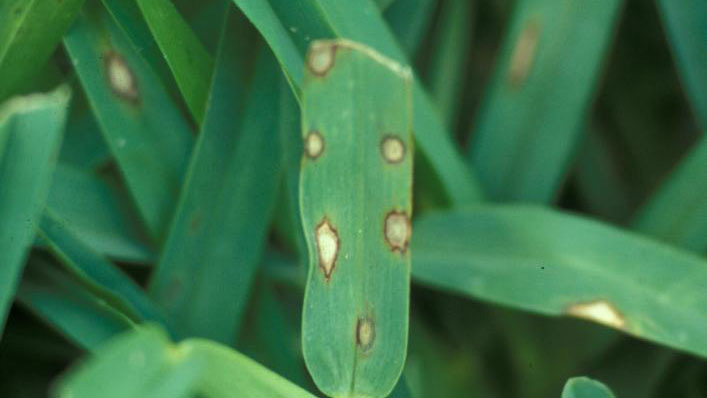
Photos and content generously provided by The Lawn Institute
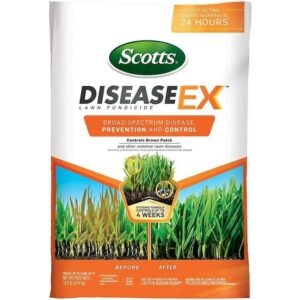
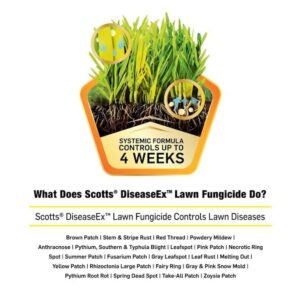
Scott’s MiracleGro Recomends
Scotts® DiseaseEx™ Lawn Fungicide offers a formula to cover a wide range of problem lawn diseases. This new product is fast acting and continues to control lawns diseases for up to 4 weeks.

